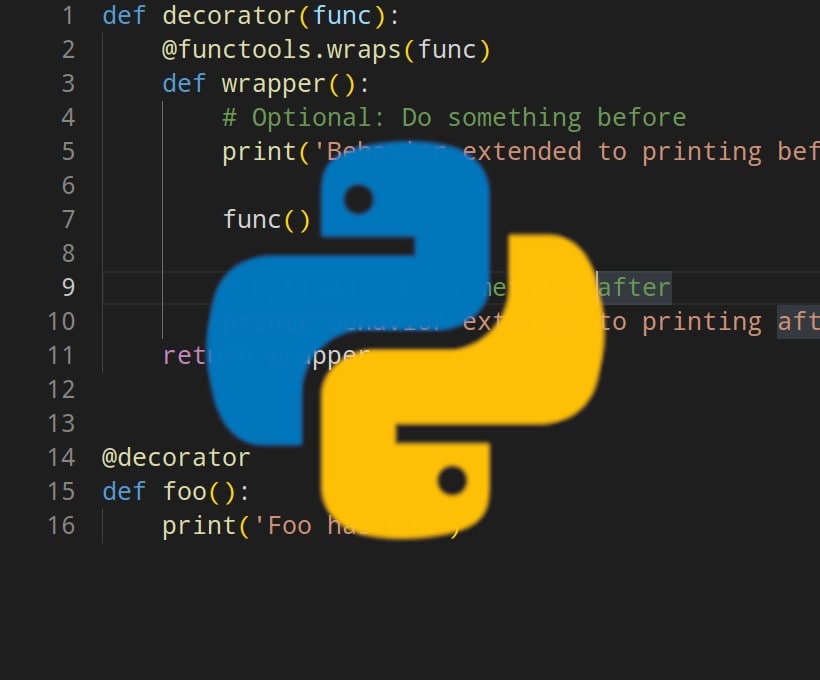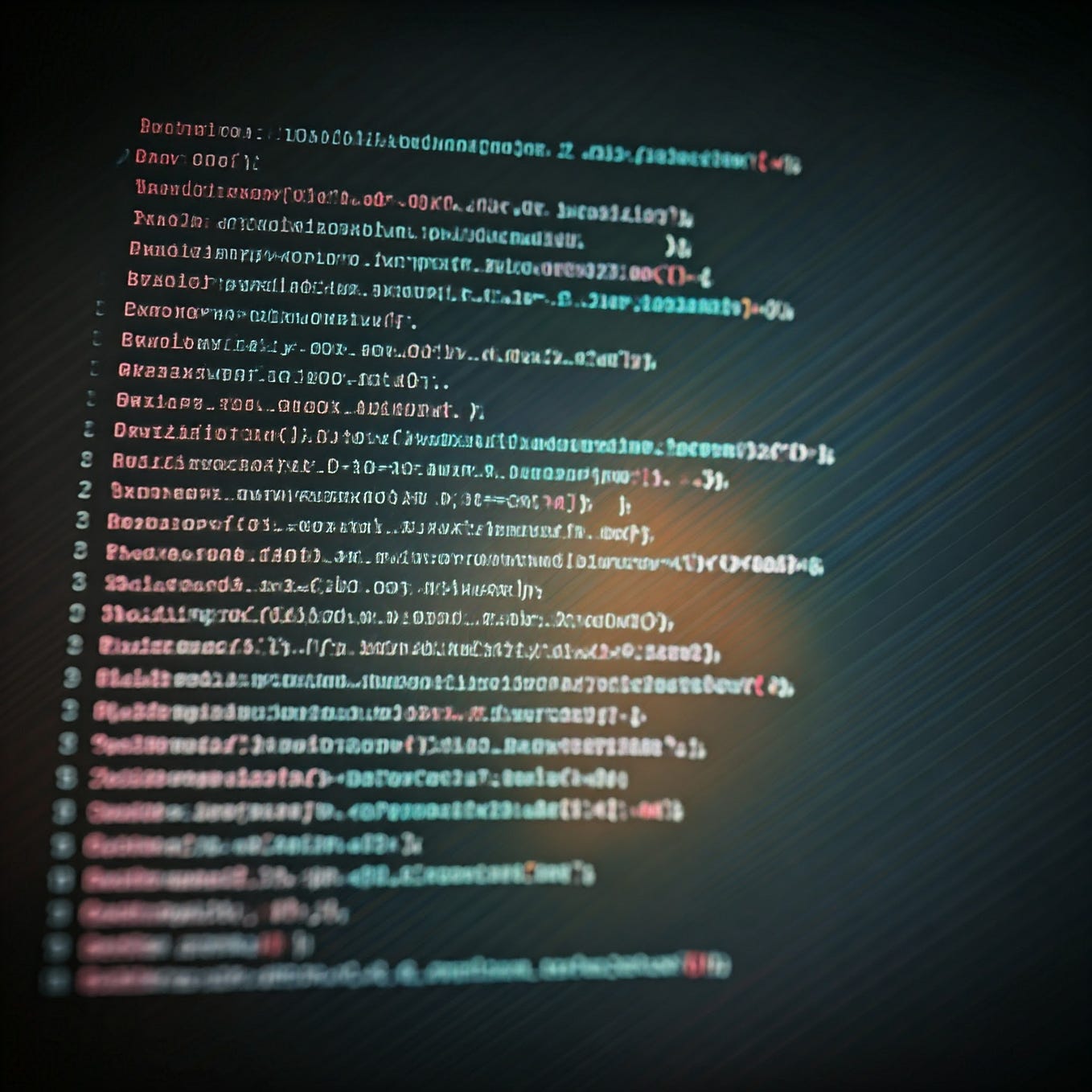Unlock the Power of Python Decorators: Why They're Essential

In the realm of Python programming, there exists a powerful yet often misunderstood feature known as decorators. To understand decorators, imagine them as a tool that can modify or enhance functions or methods without changing their source code. They provide a clean way to augment the behavior of functions or classes, making your code more readable, maintainable, and reusable.
Understanding Python Decorators

Decorators are essentially functions that wrap other functions. The primary aim is to extend or alter the behavior of the function they decorate.
How Decorators Work

Here’s a simple explanation:
- A decorator takes a function as an argument.
- It returns a new function, which typically enhances or extends the behavior of the original function.
- When applied, the original function is replaced with this new function.
Let's explore this concept with a simple example:
@decorator_function
def target_function():
print("Original function output")
This syntax means that decorator_function will wrap around target_function, altering its behavior.
Advantages of Using Decorators

Decorators offer several compelling benefits:
- Code Reusability: By applying decorators, you can reuse common patterns across your codebase.
- Clarity and Readability: They help in keeping the code clean, as functionalities can be added or removed by simply using or removing the decorator.
- Orthogonality: Decorators allow for the separation of concerns, where a function or method’s primary functionality is kept distinct from its additional behavior.
A Simple Decorator Example

Let’s see a basic decorator that logs function calls:
def log_function_call(func): def wrapper(*args, kwargs): print(f”Calling function: {func.name}“) result = func(*args, kwargs) return result return wrapper@log_function_call def example(): print(“Hello, I’m being logged!”)
example()
When executed, this code will log the function call before its actual execution.
Common Use Cases for Decorators

Let’s delve into some practical applications where decorators shine:
Logging

As shown in the example above, decorators are perfect for logging function calls, making debugging easier.
Caching (Memoization)

Using decorators for caching can significantly improve performance by storing results of expensive function calls:
from functools import wrapsdef cache(func): cache_dict = {} @wraps(func) def memoized(*args): if args in cache_dict: return cache_dict[args] result = func(*args) cache_dict[args] = result return result return memoized
@cache def slow_function(n): if n == 0 or n == 1: return n return slow_function(n - 1) + slow_function(n - 2)
print(slow_function(35))
Here, the cache decorator ensures that the recursive calls to slow_function are not recomputed if their results are already in the cache.
Access Control

Decorators can enforce access control to functions or methods:
def requires_permission(permission): def decorator(func): @wraps(func) def wrapper(*args, kwargs): if user_has_permission(permission): return func(*args, kwargs) else: raise PermissionError(f”Access denied: {permission} required”) return wrapper return decorator@requires_permission(‘admin’) def admin_only_function(): print(“Access granted!”)
try: admin_only_function() except PermissionError as e: print(e)
Registering Functions

Decorators can register functions into a list or dictionary:
registered_functions = []def register(func): registered_functions.append(func) return func
@register def my_function(): print(“I’m registered!”)
print(registered_functions)
When my_function is defined, it automatically gets added to registered_functions.
📝 Note: The @wraps decorator from the functools module is often used to preserve the metadata of the original function when creating a decorator. This practice ensures that introspective tools like help() and inspect work as expected on the decorated function.
In this comprehensive journey through Python decorators, we've covered what they are, how they work, their benefits, and some of the most common use cases. Python decorators are indeed essential tools in a programmer's arsenal, providing the flexibility to extend functionality in a clean and reusable manner. By understanding and effectively implementing decorators, developers can streamline their code, enhance its readability, and even open up new avenues for design patterns and functional programming practices. Remember, the art of using decorators is in knowing when and how to use them to your advantage, ensuring your code remains both powerful and manageable. Don't be afraid to experiment with custom decorators tailored to your project's needs, as they can provide solutions that are elegant, concise, and maintainable.
Why should I use decorators in Python?

+
Decorators provide a way to extend or alter the behavior of functions or methods without modifying their source code, leading to cleaner, more readable, and reusable code.
Can decorators affect performance?

+
While decorators do introduce some overhead, the impact is usually minimal unless you’re applying them in performance-critical areas. Proper use, like caching decorators, can even improve performance.
How do decorators help in maintaining code?

+
By separating concerns, decorators allow you to manage cross-cutting concerns like logging, authentication, and caching separately from your business logic, making maintenance easier.
Can decorators be stacked?

+
Yes, decorators can be stacked. They are applied in the order they are written from bottom to top, meaning the bottom decorator wraps around the others.
Are there any limitations or things to watch out for with decorators?
+Key considerations include potential performance impacts, preserving function metadata, and the potential for code obscurity if overused. Always weigh the benefits against the added complexity when choosing to use decorators.



